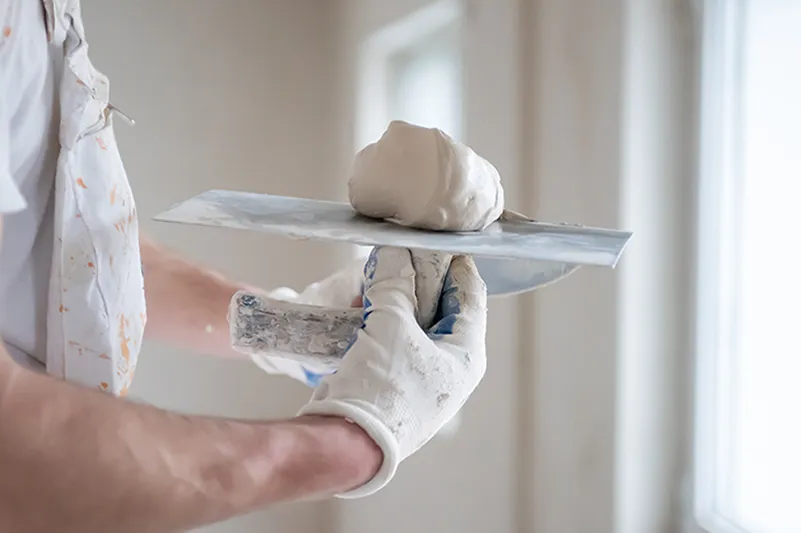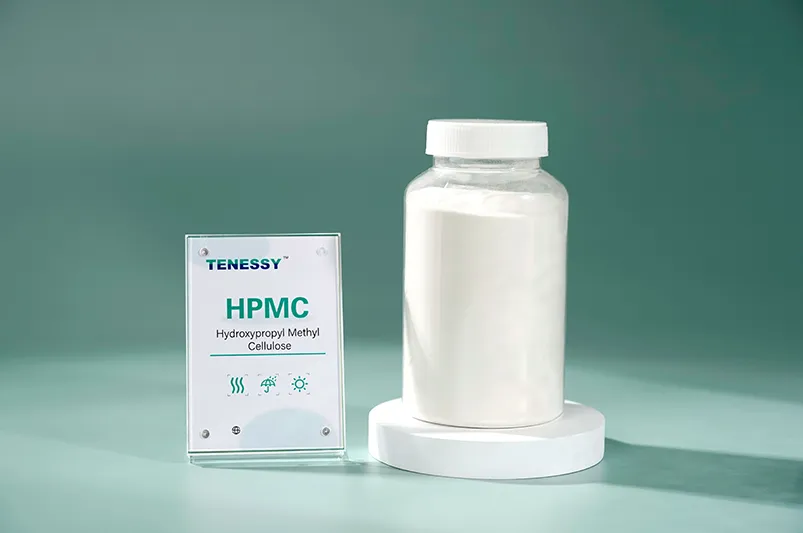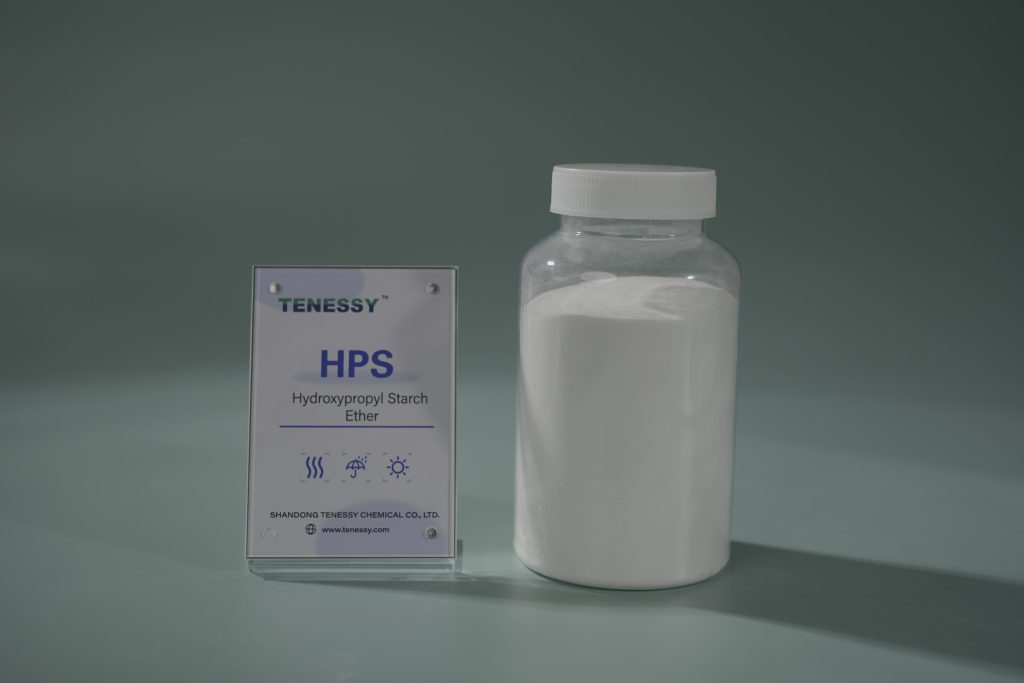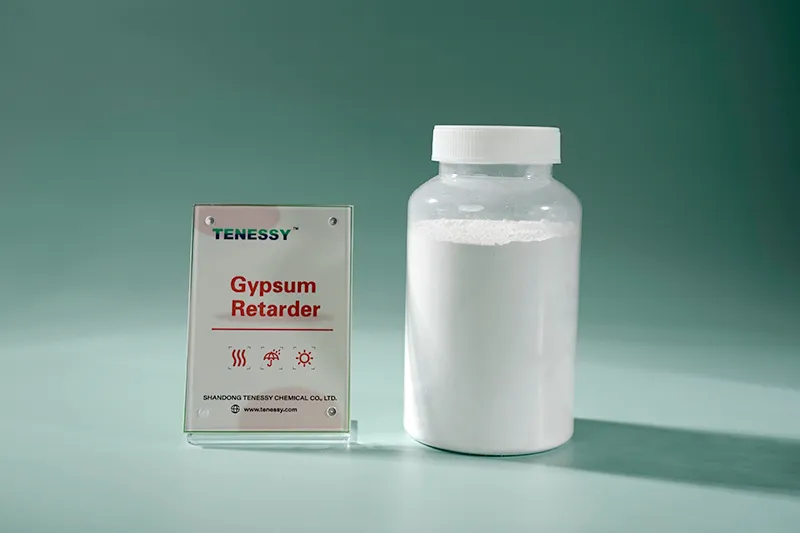How to Create High-Performance Gypsum Plaster: A Complete Additive-Based Formulation Guide
Gypsum plaster is one of the most widely used interior wall finishing materials in modern construction. Its popularity arises from several key advantages:
- Lightweight and environmentally friendly: Gypsum plaster has a lower density than cement-based plasters, reducing structural load and energy consumption during transport. It is also largely free of harmful chemicals, aligning with global sustainable construction standards.
- Smooth surface finish: Gypsum plaster provides fine-textured walls that are ideal for painting, wallpaper, and other decorative finishes.
- Fast application and drying: Compared with traditional cement plaster, gypsum plaster sets faster under normal conditions, accelerating construction schedules and reducing labor costs.
- Versatility in application: Suitable for manual plastering, machine spraying, thin-layer leveling, and thick-layer patching.
Despite these advantages, gypsum plaster has inherent limitations:
- Rapid setting: Without additives, it can harden before complete application, leading to surface defects.
- Low water retention: Especially in dry or hot climates, rapid water loss can cause cracks and powdering.
- Poor wet-state stability: Slurry may sag on vertical surfaces, especially during thick-layer or machine-applied applications.
- Variable adhesion: Depending on substrate type, unmodified gypsum plaster may exhibit poor bonding to concrete, brick, or lightweight blocks.
To address these challenges, a well-designed additive system is essential. In modern formulations, HPMC (Hydroxypropyl Methyl Cellulose) serves as the core functional additive, while starch ether and gypsum retarders play supporting roles to optimize rheology, workability, and setting behavior.

Functional Additives in Gypsum Plaster Formulations
- HPMC:
The Core Additive HPMC is a non-ionic cellulose ether widely used in dry-mix building materials due to its multifunctional properties, including water retention, thickening, rheology control, and lubrication. In gypsum plaster, HPMC provides:
- Water Retention: Forms a uniform water film around gypsum particles, maintaining hydration and preventing cracking or powdering.
- Rheology Control: Exhibits shear-thinning behavior—low viscosity during troweling, high viscosity after placement—to prevent sagging.
- Anti-Sagging and Wet Stability: Forms a 3D network structure in slurry, supporting vertical surfaces and thick layers.
- Adhesion Enhancement: Improves bonding with various substrates, reducing hollowing or delamination.
- Extended Open Time: Maintains workability for longer periods, essential for hot climates or large surface applications.
- Starch Ether:
- Improved Handling: Reduces stickiness and enhances troweling smoothness
- Increased Plasticity: Maintains flexibility of the plaster during curing, reducing early cracks
- Wet Flow Optimization: Helps achieve uniform application in thin or thick layers
- Gypsum Retarder:
- Controlled Setting: Delays initial and final set, preventing flash setting
- Stability with HPMC: Maintains slurry consistency during extended application
- Adaptability: Suitable for large-area or machine-sprayed applications
- Consistent Hardening: Ensures uniform surface quality and dimensional stability
Synergistic Effects in Plaster Formulations with Example Recipes
| Component | Typical Dosage (KG) | |
| Desulfurized gypsum | 250(300) | |
| Sand(40-70=-30mesh) | 450 | |
| Sand(70-120mesh) | 250 | |
| Heavy calcium powder(325 mesh) | 50 | |
| HPMC | 1.5-2 | |
| Gypsum Retarder | 0.5-1 | |
| White wood fiber(Select) | 3-4 | |
| Starch ether(Select) | 0.5 | |
Synergistic effects observed in such a formulation:
- Enhanced workability: HPMC provides core fluidity control, starch ether improves trowelability.
- Stable wet-state behavior: Anti-sagging and network formation prevent slurry collapse on vertical surfaces.
- Controlled setting: Retarder + HPMC ensure predictable initial and final setting, even in high-temperature or low-humidity conditions.
- Improved adhesion and surface quality: HPMC and starch ether work together to enhance bonding and create a smooth, dense finish.
- Flexible application: Thin or thick layers, manual or machine application are all feasible with consistent results.
Conclusion
In modern gypsum plaster formulations, HPMC serves as the cornerstone additive, delivering essential water retention, rheology control, anti-sagging, adhesion improvement, and extended open time. When combined with starch ether and gypsum retarders, it forms a synergistic additive system capable of overcoming the common challenges of rapid setting, poor workability, and environmental variability.
This optimized system enables manufacturers to produce gypsum plaster with exceptional troweling comfort, a smooth and dense surface finish, stable wet-state consistency, predictable setting behavior, and improved adhesion with reduced cracking or hollowing. Whether for manual or machine-sprayed applications, thin-layer leveling or thick-layer coating, this additive combination ensures a reliable and high-performing plaster suitable for diverse climates and construction environments.
At Tenessy, we are committed to supporting global gypsum plaster manufacturers with premium-quality HPMC, starch ether, and gypsum retarders. Our products are engineered to provide consistent performance, excellent batch stability, and optimized functional efficiency in dry-mix mortar systems. Beyond supplying raw materials, Tenessy provides formulation guidance, technical support, and customized additive solutions tailored to your specific market needs.
-
High-purity, construction-grade HPMC with precise viscosity control
-
Advanced starch ether designed to enhance handling and smoothness
-
Reliable gypsum retarders ensuring controlled and stable setting
-
Expert technical consultation to fine-tune your plaster formulations
Tenessy is dedicated to helping you develop gypsum plaster products with superior workability, durability, and competitiveness. With our advanced additive solutions, your products can achieve higher market acceptance, improved application performance, and long-term customer satisfaction—empowering your brand to succeed in the global construction industry.






